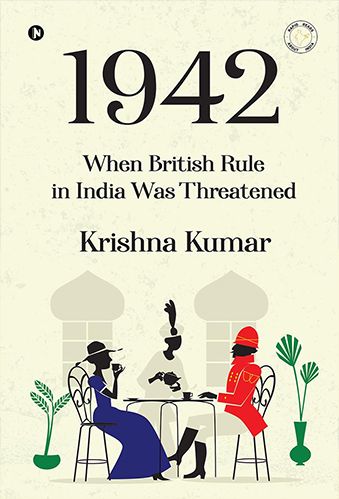This book provides context, analyzes, and narrates the events of 1942, which shook British Rule of India and eventually led to the collapse of the British Empire.
1942: Japanese armies reached the Northeast Borders of India after taking over Burma (Myanmar). Then, the Japanese bombed Madras, Vizag, and Calcutta.
Ports on India’s East Coast were closed. Almost 100,000 soldiers of the British Indian Army and 400,000 civilians- disease-ridden and demoralized- came to India from Burma, making a tortuous journey with nearly 50-100,000 perishing while trekking through the mosquito-infested jungles.
Earlier, The Japanese had attacked Pearl Harbor and Malaya almost simultaneously. The British-ruled areas of Malaya, Hongkong, and Singapore surrendered quickly. Under Chatfield doctrine, the defense of these areas was the responsibility of British India. Besides, there were a large number of Indians in trade and various professions.
Fearing a Japanese invasion, the British started sending their families to the interior and began planning to evacuate from India.
In Feb ’42, Churchill informed King George VI that ‘Burma, Ceylon, Calcutta, and Madras in India and part of Australia may fall into enemy (Japan) hands.’
Then, Congress launched the Quit India movement.
The formation of the Indian National Army planted the seeds for the collapse of the British Empire.






Reviews
There are no reviews yet.